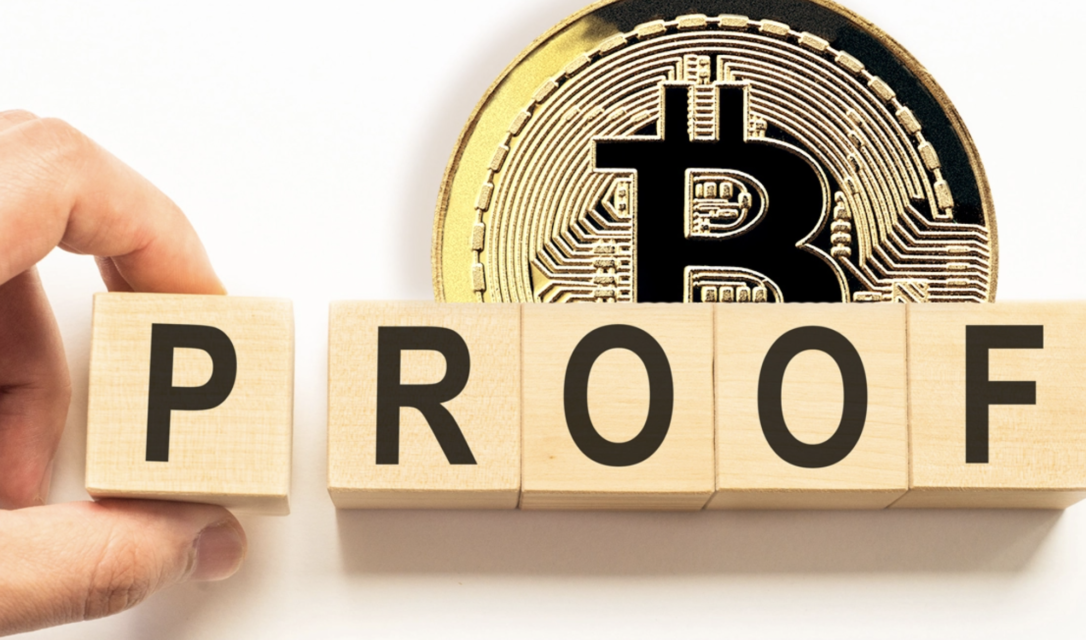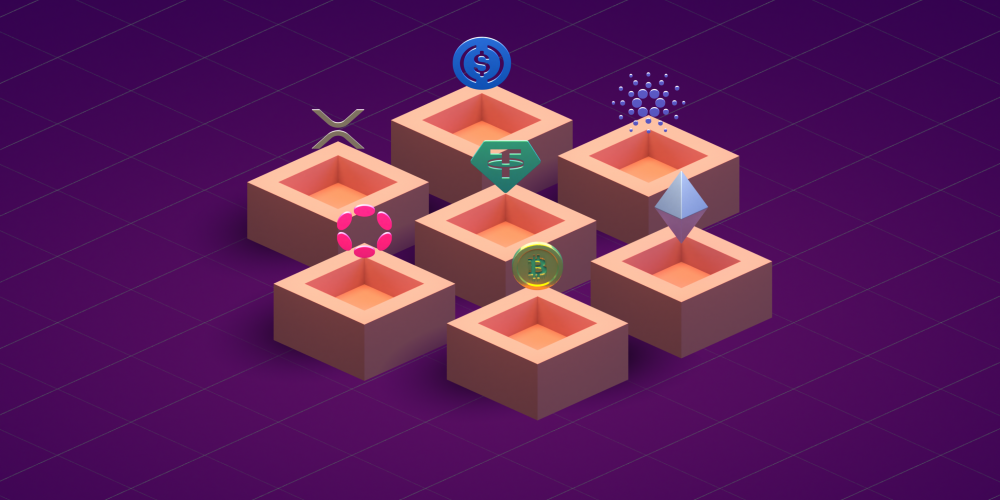Proof of Reserve (PoR) is when cryptocurrency exchanges or companies open their reserves to the public for approval in a completely transparent manner. With PoR, which means proof of reserve, companies/exchanges openly declare and audit the crypto asset reserves they claim to have.
What is Proof of Reserve (PoR)?
Proof of Reserve, which means “proof of reserve” in Turkish, is a control mechanism that allows crypto exchanges to transparently show how and where they hold funds belonging to their users. Proof of Reserve, also known as the abbreviated PoR, has come to the fore again and gained importance especially after the crypto money market crashes in recent years.
With proof of reserve; It is ensured that crypto custodians, exchanges and credit institutions do not engage in confidential financial transactions that put client funds at risk. Also, Proof of Reserve ensures that a crypto lender does not lend more than the collateral it holds so that in case of problems, lenders can be fully compensated.
Proof of reserve, a crypto exchange;
- It proves that he did not secretly go bankrupt.
- It proves that your coins are not secretly in the hands of third parties who cannot pay back.
- It makes you the owner of your funds and assets, so you can withdraw whenever you want.

How Proof of Reserve Works?
“Merkle Tree” enables the Proof of Reserve system to work. It also provides a cryptographically secure method for verifying assets in the reserve. As a has-based data structure, it is extremely sensitive to the slightest change and can thus be used to prevent data fraud and manipulation.
For example; If an exchange tries to play with the records to show that it actually has 12 billion dollars in reserves, the hash changes completely.
Here is how the PoR system, run by independent third parties, works step by step:
- The independent auditor first takes a snapshot of all user balances held on a crypto exchange and organizes it into a Merkle Tree.
- This huge dataset is passed through a cryptographic hash function; this function is a computer algorithm that shuffles data and outputs it as a single 64-character string.
- The auditor collects their digital signature showing the total balances held by the exchange and verifies that it matches the user balances represented on the Merkle Tree. This indicates that all user assets, and thus all users’ trading funds, are held in the exchange’s reserve.
- The user can then verify that their assets are accounted for in the Proof of Reserve audit by using a unique record ID and comparing it to the Merkle root.
- If there is any change in the asset balance or an incorrect balance calculation occurs, a result will appear in the tree that cascades down to the Merkle root and changes the value completely.
Does Proof of Reserve Protect the Investor?
Currently, other CeFi crypto platforms such as centralized exchanges and lenders maintain asset data in private, proprietary databases. So even though they claim the safety of user funds, these claims are difficult to verify.
With PoR, investors not only trust the promise of the stock market, but also have the security of these claims. Therefore, we can say that proof of reserve protects the investor to a large extent.
Where to Look for Evidence of Reserves for Exchanges?
Proof of reserve in crypto has gained particular importance in the wake of the FTX crisis. Investors began to demand that the exchange they trade on transparently share proof of reserve. Exchanges have also decided to improve their policies on this issue.
In fact, Alameda’s leaked balance sheet and the subsequent bankruptcy of the FTX exchange pushed the cryptocurrency market to be more transparent. In this context, Binance was the first exchange to share proof of reserve. In the past months, blockchain analysis company Nansen shared the stocks’ proof of reserve on his Twitter account. Exchanges whose assets were calculated included Binance, Crypto.com, OKX, KuCoin, Bitfinex, Huobi, and Deribit.
Exchanges’ proof of reserve can be viewed on their own websites and places such as CoinGecko and CoinMarketCap that provide this data.




